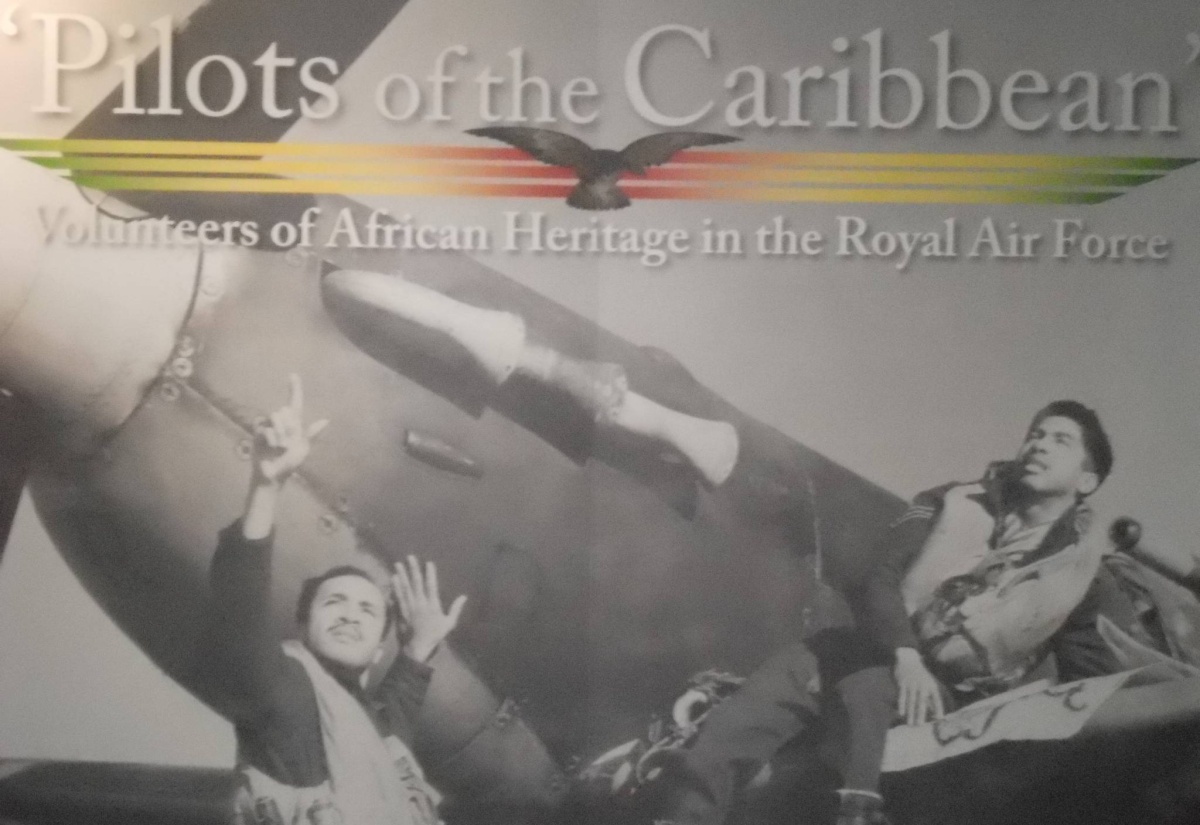High Commissioner Visits Museum
By: , March 22, 2014The Key Point:
The Facts
- The exhibition, which was unveiled on November 1, is entitled:’ Pilots of the Caribbean: Volunteers of African Heritage in the Royal Air Force’.
- The High Commissioner said she was very pleased to see that pilots and other service personnel are being recognised in a significant way by the Royal Air force Museum.
The Full Story
High Commissioner, Her Excellency Aloun N’dombet-Assamba, made a special visit to the Royal Air Force (RAF) Museum on March 19, to view an exhibition about the Caribbean pilots and other service personnel, who fought for the Royal Air Force (RAF) during both World Wars.
The exhibition, which was unveiled on November 1, is entitled:’ Pilots of the Caribbean: Volunteers of African Heritage in the Royal Air Force’.
The High Commissioner said she was very pleased to see that pilots and other service personnel are being recognised in a significant way by the Royal Air force Museum.
She said this recognition is important for the second, third and fourth generation of Jamaicans and other Caribbean nationals, so that they can be proud and confident of the history and contributions of their parents and grand parents.
The High Commissioner also said that it is equally important for the wider British society to remember and recognise the sacrifices made by the British colonies and immigrants from the Caribbean, who volunteered for the war effort and the rebuilding of the country, following the war.
About 500 black men from the West Indies, Africa and Britain answered the call to serve as aircrew, and thousands more worked as ground-support staff. Before the war, entry into the Royal Air Force was restricted to “men of pure European descent,” except under exceptional circumstances.
An exceptional circumstance arose in the early years of the war when thousands of airmen were lost or killed in action. As a result, the call for volunteers went out across the British Empire. This call, together with the withdrawal of the colour bar to service, led to the enlistment of nearly 6,000 people from the Caribbean.
Unlike the famous Tuskegee Airmen of the United States 332nd Fighter Group, black aircrew in the RAF were not segregated and served alongside white servicemen. A total of 103 were decorated. In the post-war period, ex-Royal Air Force personnel would play crucial roles in the development of Britain.
The exhibition is curated in partnership with the Black Cultural Archives. It will transfer to Royal Air Force sister Museum in Cosford, Shropshire, at the end of April.


